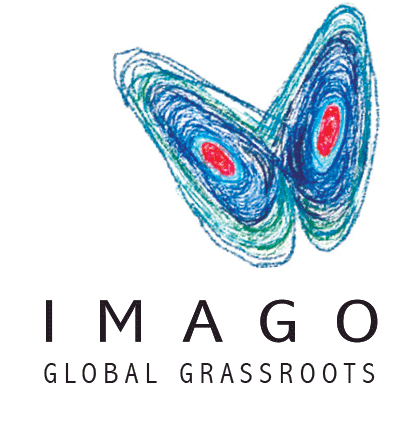© 2014 Imago
On Scaling Up
Scaling up is defined in different ways in the literature, but in development it’s usually linked to the need to reach many more members or target groups for a particular development service or outcome. A program or an organization expands its size through larger membership base, larger constituency (for grassroots organizations) or a broader geographic area.
This cross-cutting issue occupies an important place in the thinking of governments, donors and NGOs because of persistent service delivery challenges. It is essential to achieve Sustainable Development Goals (SDGs), to eradicate illness in the world, to educate billions so they can have a better life and to fight poverty at a global level. Governments and donors can be very good at delivering physical investments, even very large ones like highways, bridges, hospitals, irrigation, etc. They are less successful in providing services that involve changes or adaptation in human behavior, such as teachers showing up at school, patients cured, and farmers that receive water and technical help to improve their productivity. Many of such “wicked development problems” have been solved at a local level by organizations that are either owned by the poor or very close to them. Their struggle is to grow beyond the communities they serve. In spite of great success in both physical investments and local solutions to poverty, there is a large missing middle that neither top down nor bottom up approaches get to. This is the space that needs to be populated for development solutions to solve some of the most difficult challenges we face today.
This bibliography has been developed as part of a course taught by Isabel Guerrero at Harvard University's John F. Kennedy School of Government, Scaling Up for Development Impact and will be expanded over time:
Smilie, Ian: Freedom from Want: The Remarkable Success Story of BRAC, the Global Grassroots Organization That's Winning the Fight against Poverty. Sterling: Kumarian, 2009.
Alvord, Sarah H., L. David Brown, and Christine W. Letts. "Social Entrepreneurship: Leadership That Facilitates Societal Transformation." Center for Public Leadership, John F. Kennedy School of Government. Web. 2003.
Anderson, Ian. Scaling Up Development Results. Ian Anderson. Office of Development Effectiveness, AUSAID, 2012.
BRAC. 9-504-012. HBS Case, 2003.
BRAC and Aarong Commerical Brands. 9-504-013. HBS Case.
Chandy, Laurence, Akio Hosono, Homi J. Kharas, and Johannes F. Linn. Getting to Scale: How to Bring Development Solutions to Millions of Poor People, Washington DC, Brookings.
Cooley, Larry, and Rajani R. Ved. Scaling-Up: From Vision to Large Scale Change. Management Systems International, 2012.
Crowell, Daniel W. The SEWA Movement and Rural Development: The Banaskantha and Kutch Experience. New Delhi: Sage Publications, 2003.
Dhaliwal, Iqbal, and Caitlin Tulloch. From Research to Policy: Using Evidence from Impact Evaluations to Inform Development. J-PAL, Department of Economics, MIT.
Guidance Note: Scaling Up Development Programmes. United Nations Development Programme, 2013.
Howard Schultz and Starbucks Coffee Company. 9-801-361. HBS Case, 2001.
Kubzansky, Michael. Why Business Models Matters: Getting to Scale: How to Bring Development Solutions to Millions of Poor People. Brookings Institution, 2012.
Levy, Santiago. Progress Against Poverty: Sustaining Mexico's Progresa-Oportunidades Program. Washington, D.C. Brookings Institution, 2006.
Uvin, Peter and Miller, David. Paths to Scaling Up: Alternative Strategies for Local Nongovernmental Organizations. 3rd ed. Vol. 55. Human Organization, 1996.
Naim, Moises. The End of Power. Basic, 2013.
Parker, Ian. "The Poverty Lab: Transforming Development Economics, One Experiment at a Time." The New Yorker, 2012.
SEWA Trade Facilitation Center: Changing the Spool. 9-810-044. HBS Case, 2011.
